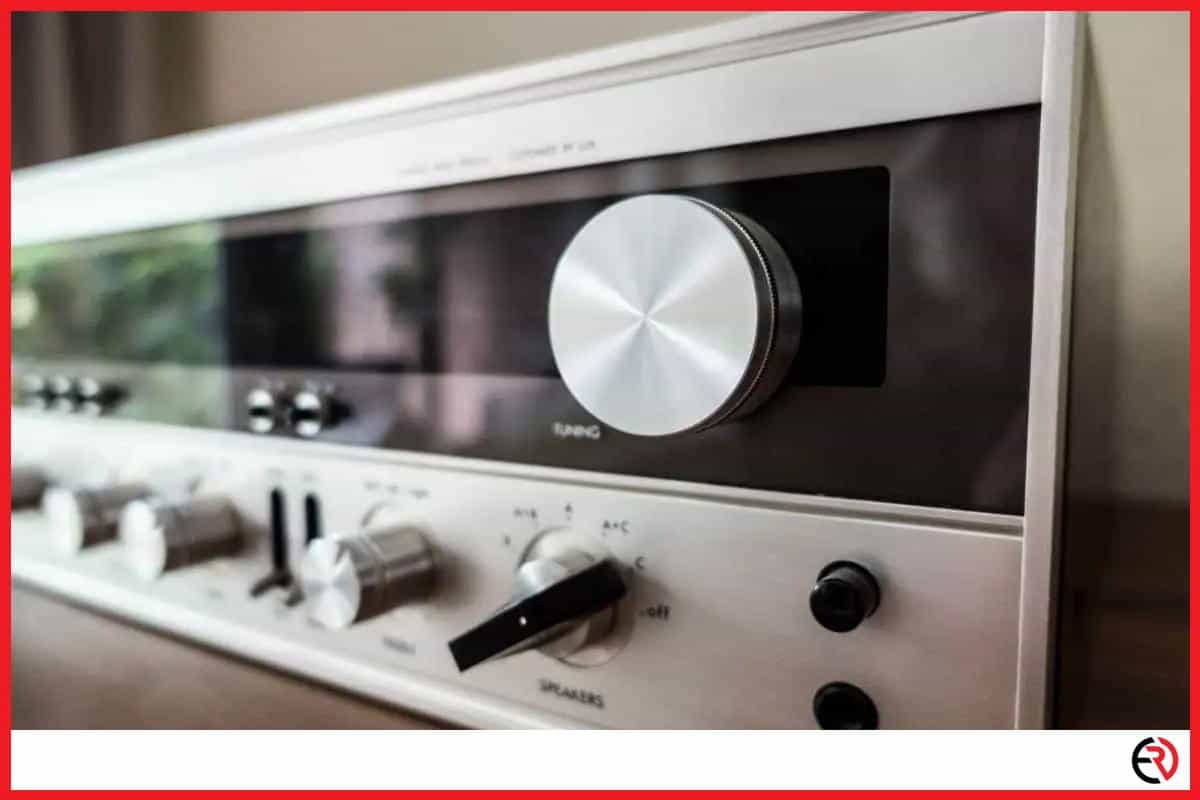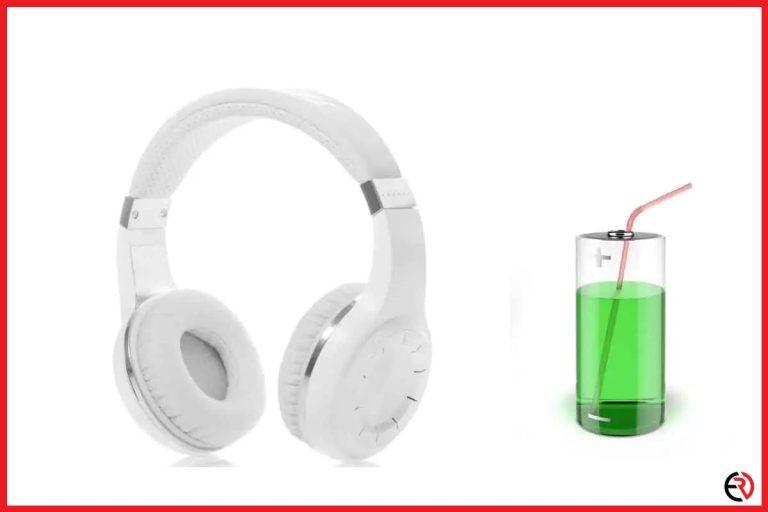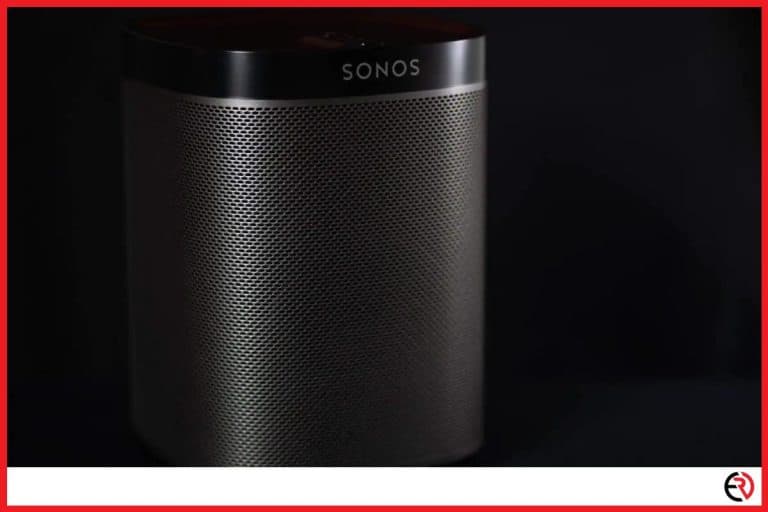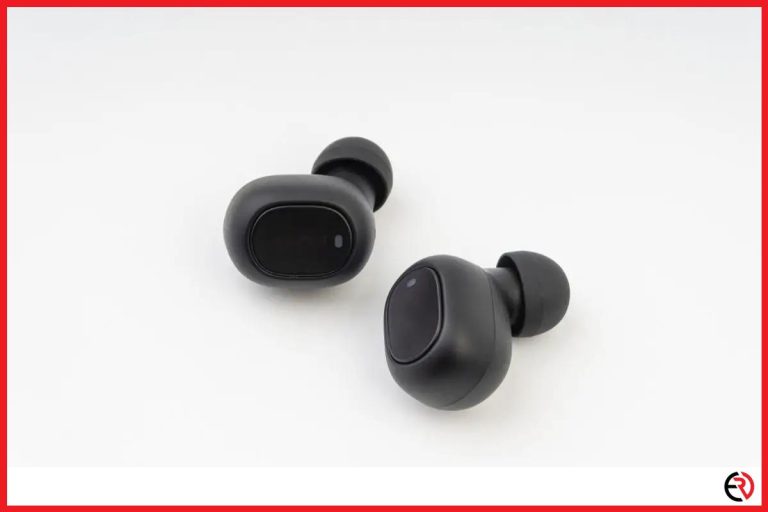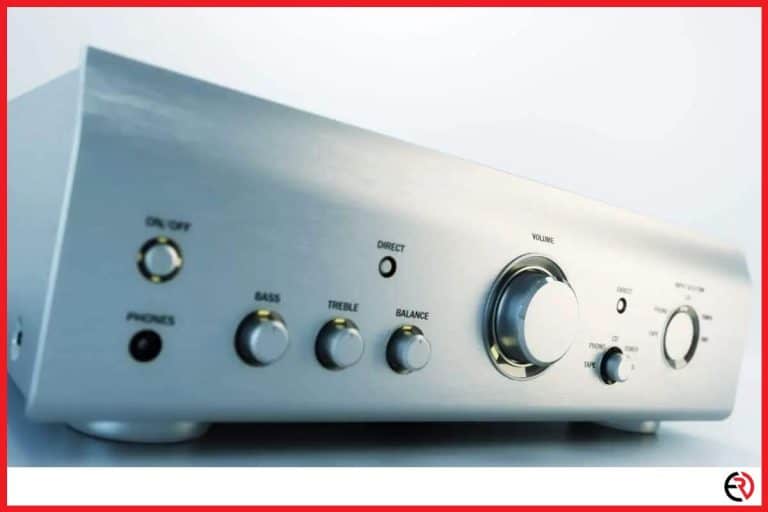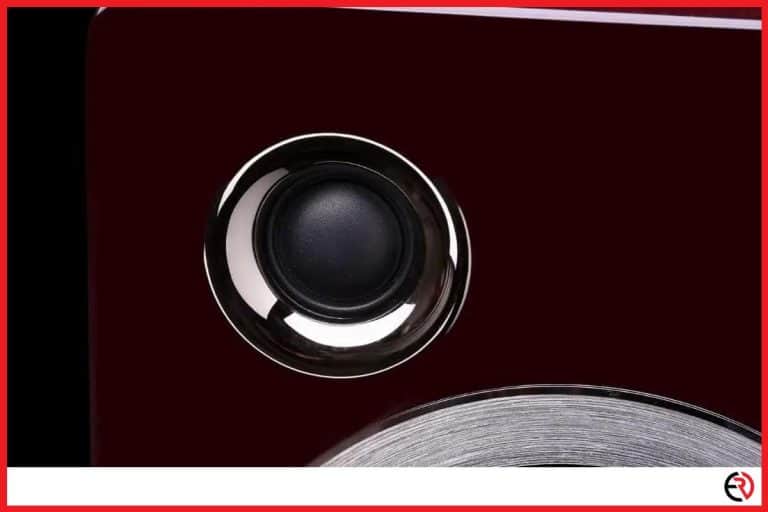Can You Use Wireless Speakers With Any Receiver?
This post may contain affiliate links which means that, if you choose to make a purchase, I may earn a small commission at no extra cost to you.
When I considered upgrading to a new home theatre system, the flashbacks of managing so many cables and figuring out wattage ratings made me drift towards wireless speakers. The old AV receiver was working fine and I didn’t want to spend more money on a wireless receiver as well. That made me wonder if I could get my new wireless speakers to connect to the old receiver.
It turns out, you can connect wireless speakers to almost any receiver as long as the manufacturer hasn’t deliberately created hurdles to keep you in their ecosystem. If there is no ecosystem limitation, you can connect regular receivers and Bluetooth or WiFi-enabled receivers to your wireless speakers.
Let’s check out how you can do that.
How to connect wireless speakers to Bluetooth enabled receivers
Before I get to the old receiver with no wireless connectivity, let’s get to the easy stuff.
If you have a modern wireless receiver with built-in Bluetooth, you can easily connect it to Bluetooth-powered wireless speakers.
You may consider this option if you have a lot of Bluetooth speakers and already have a Bluetooth receiver, or are in the market for a new receiver. When you’re looking to buy a new receiver, it’s best to get one with the latest technology and that has high compatibility with your speakers.
Here’s how you connect your Bluetooth enabled receiver with your wireless Bluetooth speakers:
- Turn on the receiver.
- Use the remote, buttons on the receiver, or the companion app of the manufacturer to turn on Bluetooth and put it in pairing mode. This step differs with every manufacturer and you should check the manual if you’re not sure about the controls.
- Turn on your Bluetooth speakers and press the Bluetooth button on them to put them in pairing mode. Refer to the user manual if your Bluetooth speakers have some other way of pairing to devices.
- When the Bluetooth speakers are visible on the companion app or the receiver display, select them and wait for a few seconds till they are paired.
- Once the connection is established, you can play music or other supported audio files.
Unfortunately, this method only works with receivers that have an in-built Bluetooth transmitter. Most AVR with Bluetooth have Bluetooth receivers. They are designed to receive Bluetooth signals from your phone and play music through streaming apps. You need Bluetooth transmitters to send the signal to wireless speakers.
Only a few brands like DENON make AVRs with Bluetooth transmitters. One of my friends bought the Denon AVR-X1600H for his setup. However, the Bluetooth transmitter in these AVRs has Bluetooth 4.1 or 4.2. That means their range is limited to 20 feet. Moreover, while you can pair with multiple wireless speakers, you can only connect one or two wireless speakers at a time.
You also need to make sure that your wireless speakers and receivers support Bluetooth audio codecs like aptX LL. Otherwise, there is going to be considerable latency and you would be able to perceive the delay of audio and video when you watch a movie. Trust me, it’s not an enjoyable experience when your setup costs hundreds of dollars.
How to connect wireless speakers to a receiver that isn’t Bluetooth enabled
When I bought a Bluetooth-enabled AVR I was surprised to find out that it has a Bluetooth receiver instead of a transmitter. Fortunately, there’s a fix. With this fix, you can connect your wireless speakers to regular AV receivers and AVRs with just a Bluetooth receiver.
I had to buy a Bluetooth transmitter to connect to my receiver. Bluetooth transmitters are devices that allow you to connect and send audio to another Bluetooth-enabled device. The market is filled with both affordable and premium options and you can easily order one that fits your budget. I settled on the 1Mii B03 Long Range Bluetooth 5.0 Transmitter.
After buying the Bluetooth transmitter, connecting it to my AVR was fairly simple. Here’s how you can do it:
- Locate the Audio output port on the back of your AVR.
- If your transmitter has RCA, coax, or optical inputs, you can use those ports as well. Most transmitters usually have a headphone plug that will plug into the “phones” port that’s usually located at the front of your receiver. That’s the most hassle-free option if too many ports confuse you.
- Once connected, turn on both the Bluetooth transmitter and your AVR.
- The transmitter will allow you to send audio wirelessly to Bluetooth-enabled wireless speakers or even headphones.
- Select the output on your AVR and initiate Bluetooth pairing from the transmitter adapter. Refer to the manual if necessary.
- Turn on your Bluetooth speakers and put them in pairing mode. The transmitter I bought also supports NFC, which allows me to connect my Bose SoundLink Color II by bringing the speaker close to the transmitter.
- Once the speakers are paired and connected, you can play audio through your AVR via the Bluetooth transmitter.
Make sure that you buy a transmitter with Bluetooth 5.0 and check if it supports high-quality Bluetooth audio codecs like apt-X HD and LDAC. With Bluetooth 5.0 you would be able to connect multiple wireless speakers and place them almost anywhere in your room, as long as the speakers sit around 40 feet from the transmitter.
You also get a more reliable signal with the latest Bluetooth standard and the high-quality audio codecs provide crisp and clear sound so that you can get optimal output from your setup.
How to connect wireless speakers to my WiFi-enabled receiver
While Bluetooth is a decent connectivity technology, WiFi is far better with hundreds of feet of range and a more reliable signal with options of connecting to tens or hundreds of devices. This led me to discover AV receivers with built-in WiFi.
However, even if you have a WiFi-enabled AVR, you may run into many problems. I was only able to connect my friend’s WiFi-enabled AVR with wireless WiFi-enabled speakers. Moreover, I couldn’t just connect any brand of wireless speakers to the receiver. That’s not a restriction or inability of WiFi technology. This restriction was put in place by those brands to tie you into their ecosystem.
That forced my friend to buy HEOS-enabled (Denon’s multi-room audio platform powered by WiFi) DENON speakers for his WiFi-enabled Denon AVR. Similarly, if you have a Wi-Fi-enabled Yamaha speaker, you have to buy wireless.
Yamaha speakers and soundbars with MusicCast (Yamaha’s WiFi-powered multi-room audio platform) support. Manufacturers have their dedicated app that lets you control the music on each connected multi-room speaker through the WiFi network.
Here’s a small compatibility table for popular brands that may help:
| Receivers | Speakers |
| Denon and Marantz WiFi-enabled AVR | Denon HEOS Series: HEOS 1 HEOS 3 HEOS 5 HEOS 7 Denon Home Speakers: Home 150 Home 250 Home 350 Home Soundbar |
| Sony WiFi-enabled AVR | SRS-HG1 SRS-HG10SRS-HG2 SRS-X77 SRS-X88 SRS-X99 SRS-ZR5 SRS-ZR7 |
| NAD and Bluesound WiFi Receivers | BluOS compatible wireless speakers from NAD, Bluesound, Monitor Audio, and Dali. Other manufacturers like Peachtree, PSB Speakers, and Roksan have announced that they will introduce BluOS compatible speakers in the future. |
| Yamaha WiFi-enabled AVR | Yamaha MusicCast Speakers: MusicCast 20 MusicCast 50 MusicCast SUB 100 MusicCast Soundbars |
| Onkyo, Pioneer, and other AVRs with the “Works with SONOS” badge | All SONOS WiFi speakers. However, apart from the speakers, you also need to buy the SONOS Connect to run the speakers with compatible AVRs |
WiFi AVRs also come with certification from Google, Apple, Amazon, and DTS Play-Fi. You can connect these AVRs to an even broader multi-room setup and add Chromecast or AirPlay 2 enabled speakers to your setup.
While there are compatibility limitations with WiFi-enabled wireless AVRs, they are the superior choice. For instance, while I like the hassle-free connection of my Bluetooth-transmitter-powered AVR with Bluetooth speakers, the range is limited and the bandwidth isn’t high enough for lossless audio playback.
On the other hand, WiFi AVRs and speakers communicate over TCP/IP and have thousands of times more bandwidth compared to Bluetooth. You can buy powerful speakers and get the most out of your audio experience by streaming lossless high-res audio formats like ALAC (Apple Lossless Audio Codec) and FLAC (Free Lossless Audio Codec).
Conclusion
If you don’t want to spend hundreds or thousands of dollars on a new receiver with the latest tech, then it’s best to buy a decent Bluetooth transmitter adapter for your receiver. It allows you to connect to wireless Bluetooth speakers easily and you can do away with cable management of at least two speakers.
On the other hand, if you’re buying a completely new setup, you can get a wireless WiFi-enabled AVR with compatible wireless speakers for a superior experience even audiophiles wouldn’t scoff at.

